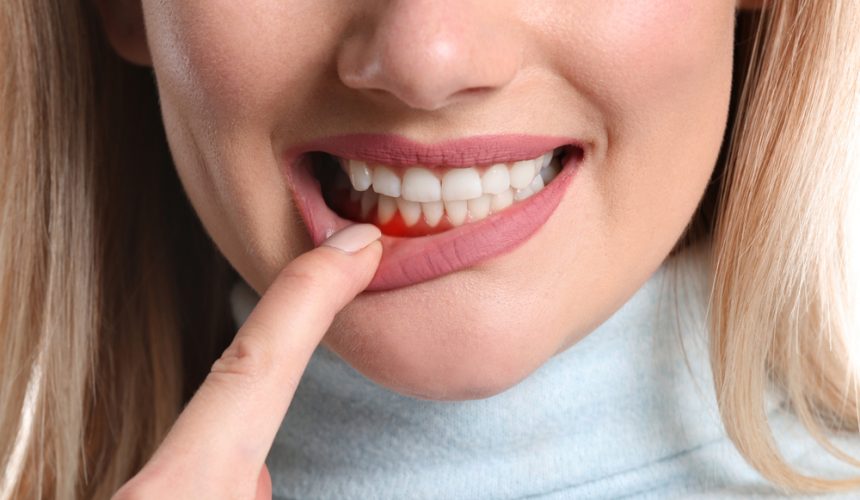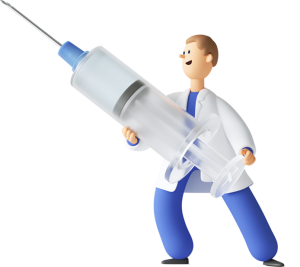
Periodontology (Gum Diseases) What?
Periodontology is the branch of dentistry that deals with the diseases and treatment of the bone and gingival tissues surrounding the teeth.
When the teeth are not cleaned properly, food accumulates in the areas where they meet the gums and between the teeth. Over time, these food residues form harmful bacteria in the mouth. These harmful bacteria, which are the cause of many diseases, are especially responsible for the formation of tartar, gum diseases, tooth decay and bad breath.
Which Areas Are Treated?
GUMMY SMILE: People with a gingival smile called Gummy smile can also be treated aesthetically when their gums appear more than desired. With the applications made in the dentist clinic, the length of the teeth can be extended or the gingiva can be made symmetrical.
CROW LENGTH EXTENSION: The short length of the teeth makes the gums more visible while laughing. The dentist can lengthen the teeth. While doing this, it is applied in the form of taking the gums on the teeth and extending the length of the teeth by reducing the visible gum part during laughing. Especially in the teeth in the upper jaw, this process called lengthening of the crown is often applied.
FREQUENTLY ASKED QUESTIONS
How is the treatment administered?
The treatment of gingival diseases in the early stages is usually tartar cleaning and root surface straightening (Subgingival Curettage). Successful results are obtained from these procedures applied in the early stages of gingival diseases.
Advanced patients may require surgical intervention. The aim of the surgical intervention is to remove the calculus and diseased tissues in the deep pockets from the environment, to flatten the root surfaces for healing, to remove the inflamed tissues and to give the gums a suitable shape for easy cleaning.
What should be considered after the treatment?
The most important issue after the operation is to keep that area away from mechanical trauma. You should watch what you eat and stay away from hard foods. Keeping the operation area clean is one of the most important factors affecting the outcome of the treatment.
What are the causes of gum diseases?
One of the most important causes of gum disease is inadequate oral care. Apart from this, systemic factors also pave the way for the formation of gum disease. Poor oral care, hereditary factors, alcohol and cigarette use are predisposing factors for diabetes. It should never be forgotten that bleeding gums is a symptom of disease. Healthy gums never bleed. Healthy gingiva tightly surrounds the teeth, its color is pink, and problems such as pain and swelling do not occur. There is no recession in the gum tissue surrounding the teeth.
Can it be detected early?
Periodontal diseases can be diagnosed by evaluating bone loss with gingival pocket measurements made with the help of periodontal probe in routine dental examinations and panoramic x-rays.
How is gum surgery performed?
Gum surgery is applied in two ways. In the first method called grafting, a piece called graft, taken from the palate of our patient, is applied to the area with gingival recession. In the second method, called sliding, if there is healthy tissue next to the receding area, the tissue is closed by sliding it over the retraction.
- Empress Tooth (Full Porcelain) Veneer
- Zirconium Coating
- Dental Prostheses
- Inlay and Onlay Fillers
- Implant Treatment
- Periodontology (Gum Diseases)
- Teeth Whitening
- Orthodontic Treatment
- Teeth Grinding (BRUXISM)
- Digital Anesthesia
- Snoring Treatment
- Panoramic X-Ray
- Laser Dental Treatments
- Root Canal Treatment
- Tooth Stone Cleaning
- BONDING (Composite Lamina)
- Smile Design (Hollywood Smile)
- Porcelain Lamina (Leaf Porcelain)
